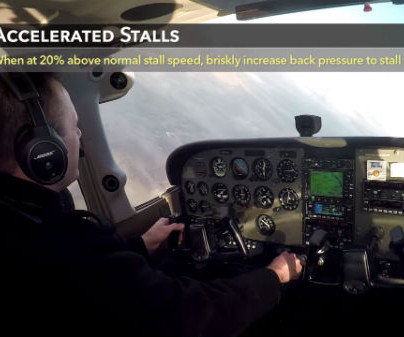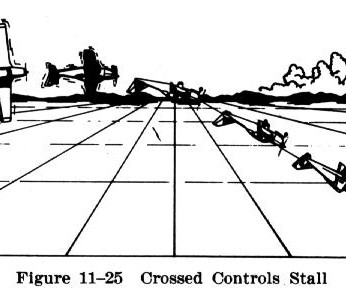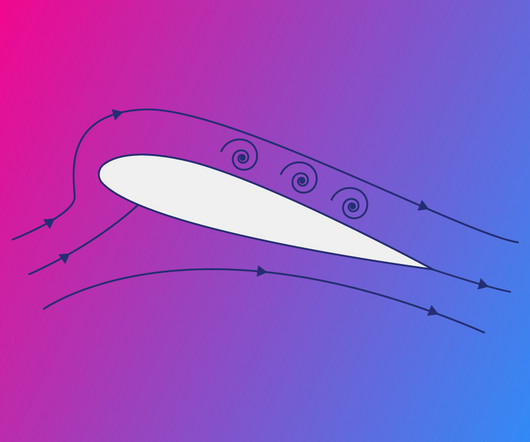Accelerated Stalls: Sporty’s Flight Maneuver Spotlight
Flight Training Central
JULY 22, 2024
An accelerated stall is a stall that occurs at a higher airspeed than a 1G stall and can be caused by an aircraft making abrupt control inputs such as too much back pressure during a banked turn.














Let's personalize your content